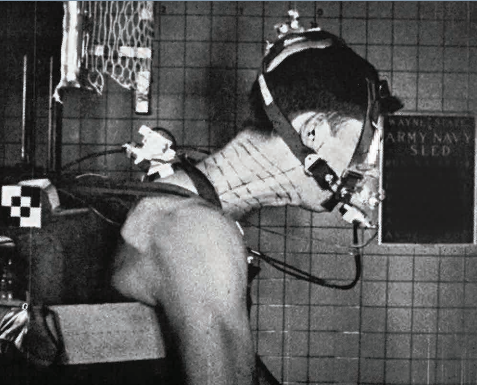
About the Book
From 1971 to 1996, the U.S. Naval Biodynamics Laboratory rose to become a world class research center focused chiefly on the study of human response to impact acceleration. Conceived and first led by Dr. Channing L. Ewing, NBDL generated a vast body of medical, physiological and kinematic data that is the definitive source for validated kinematic responses to head and neck accelerations for human and human surrogate models. This is the story of the political, engineering, and scientific challenges that were overcome in the development of that data set. The U.S. Army Aeromedical Research Laboratory at Fort Rucker, Alabama, is the current custodian of the majority of NBDL’s original research materials and data. This unique and irreplaceable data is being digitized and organized into an electronically accessible system, known as the Biodynamics Data Resource, to facilitate access for all researchers in this field. This book is the gateway to that new and enduring resource, and includes what is probably the most comprehensive annotated bibliography ever compiled of the research derived from that data.


